Having worked in a (South) Korean brand company for a number of years, I believe I have some insight on how Koreans market their products; They are very customer-focused. Almost all that they do, they ask themselves, “what does the market want?” and proceed to find answers to it. I’ve never encountered any other organization as fastidious as them. Their desire to deliver satisfaction goes beyond national pride; a strong, responsible work culture drives many Koreans to go beyond the extra mile in their work.
As much as it is a strength, this can also be a problem. In catering to a larger audience, they launch the a huge variation of their solutions, each model a tweak over another. Look no further than Samsung mobile phones as an example; there are 12 Samsung smartphones you can purchase from official channels. Most of the time I get so confused, my mind would just remember the 2 models that Samsung advertises a lot about; the S-series and the Note. Everything else is so mind boggling so much that I just put it out of my head.
Fortunately in the automotive world, we don’t see as many variants and in the case of the Hyundai Elantra, you get to choose between three forms – a well-mannered Elantra 2.0 (which comes in either Executive or Dynamic variants) and the athletic Elantra Sport. For this review, we had a chance to test the Executive and the Sport.
Design
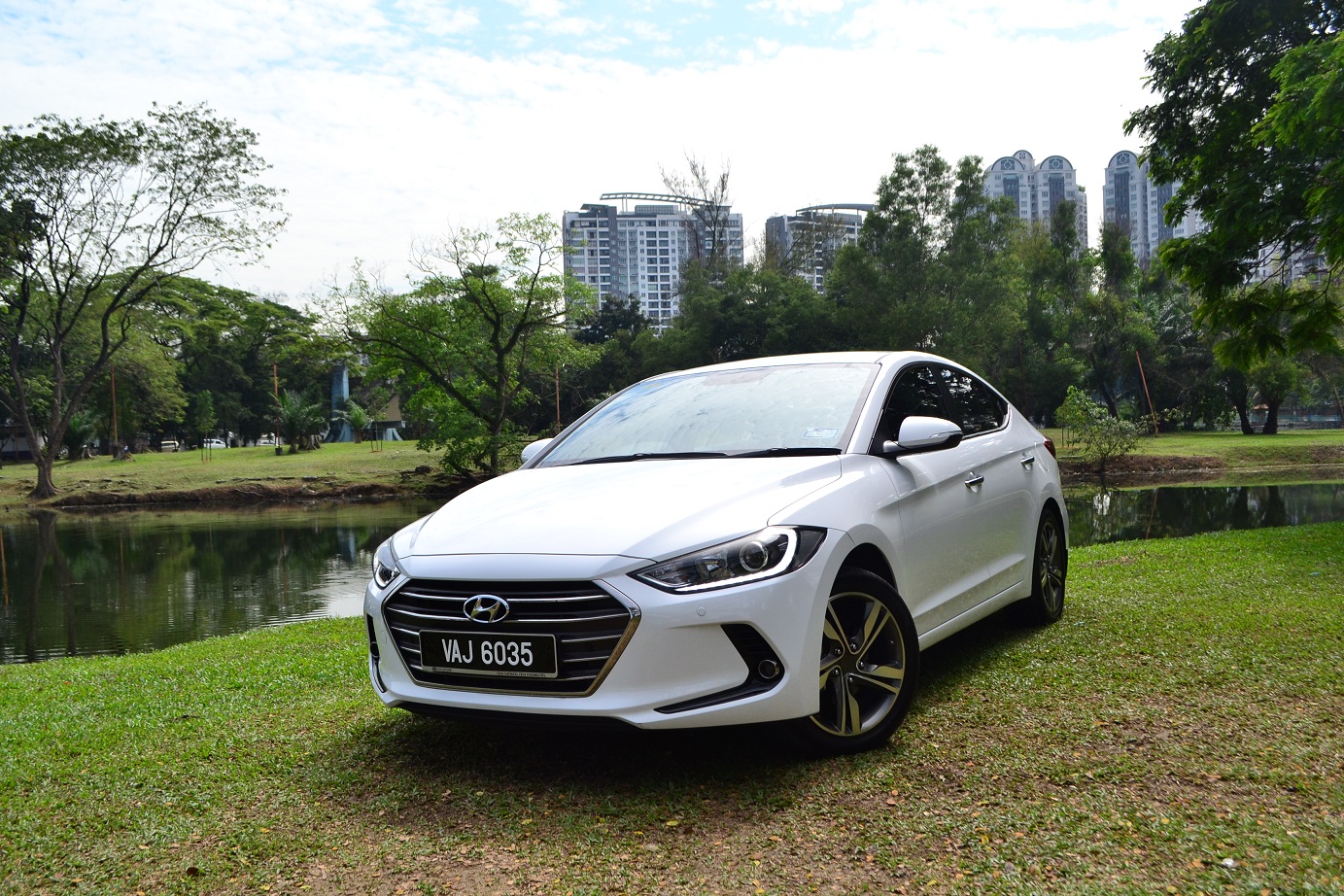
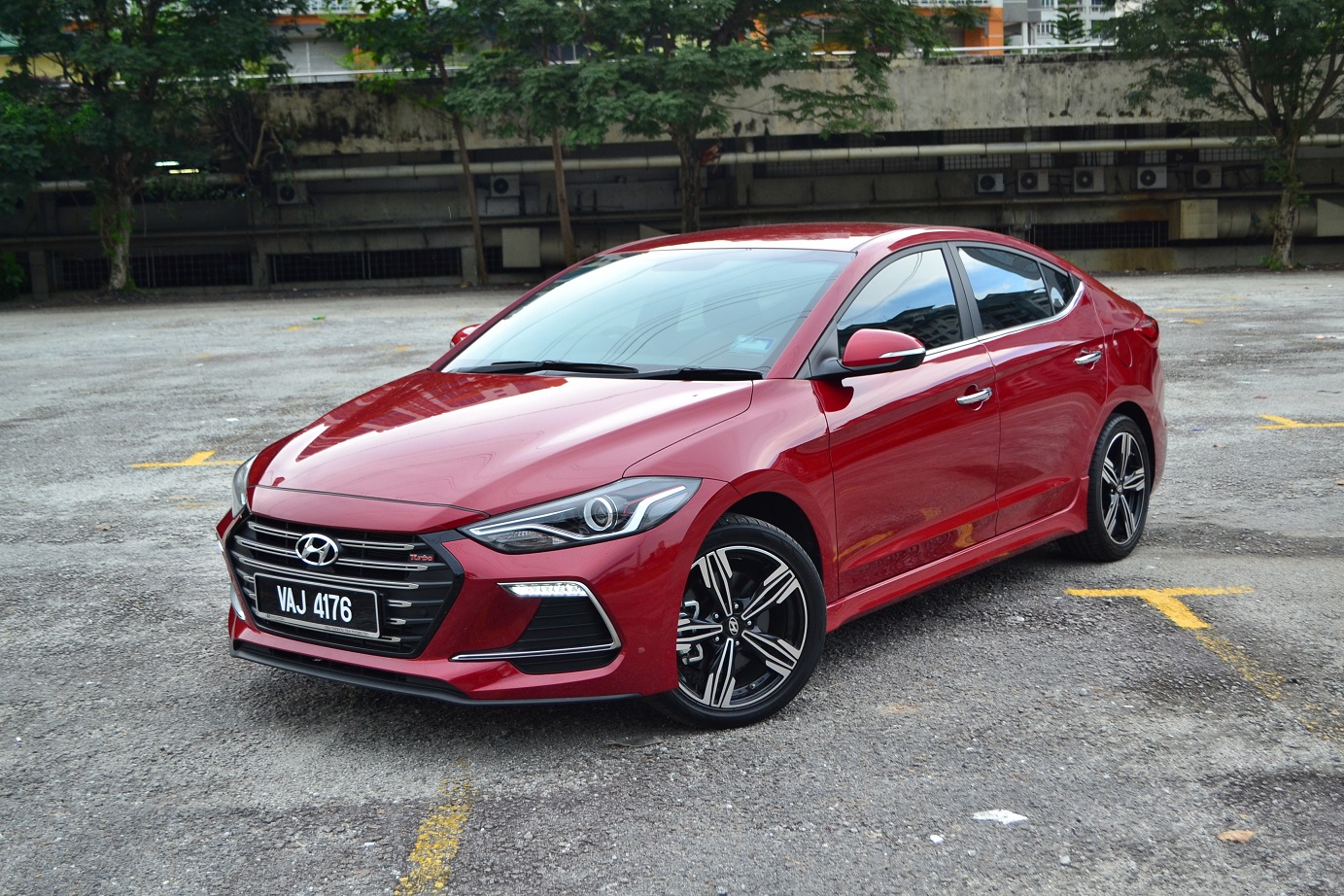
Those unfamiliar with the Elantra might think the 2.0 and the Sport is identical from the outside but it’s fairly easy to tell them apart. The Executive has C-shaped LED positioning lights with a small circular fog lamp whereas the Sport has one horizontal bar sitting below the front headlamps. The Executive has solid horizontal grille bars while the Sport’s grille have twin bars running across the grille. There’s also a red ‘Turbo’ badge found on the left side of the Sport grille.
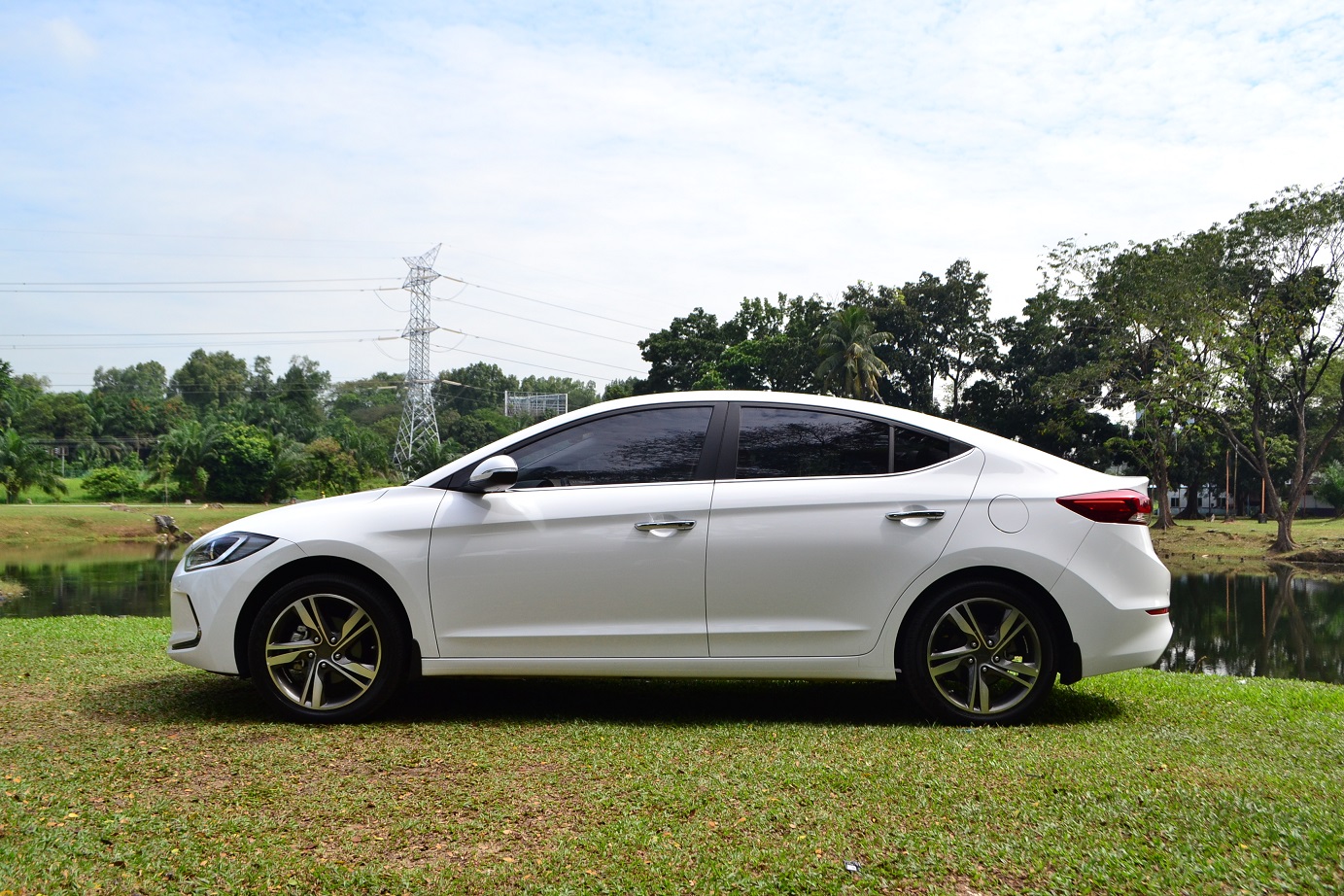
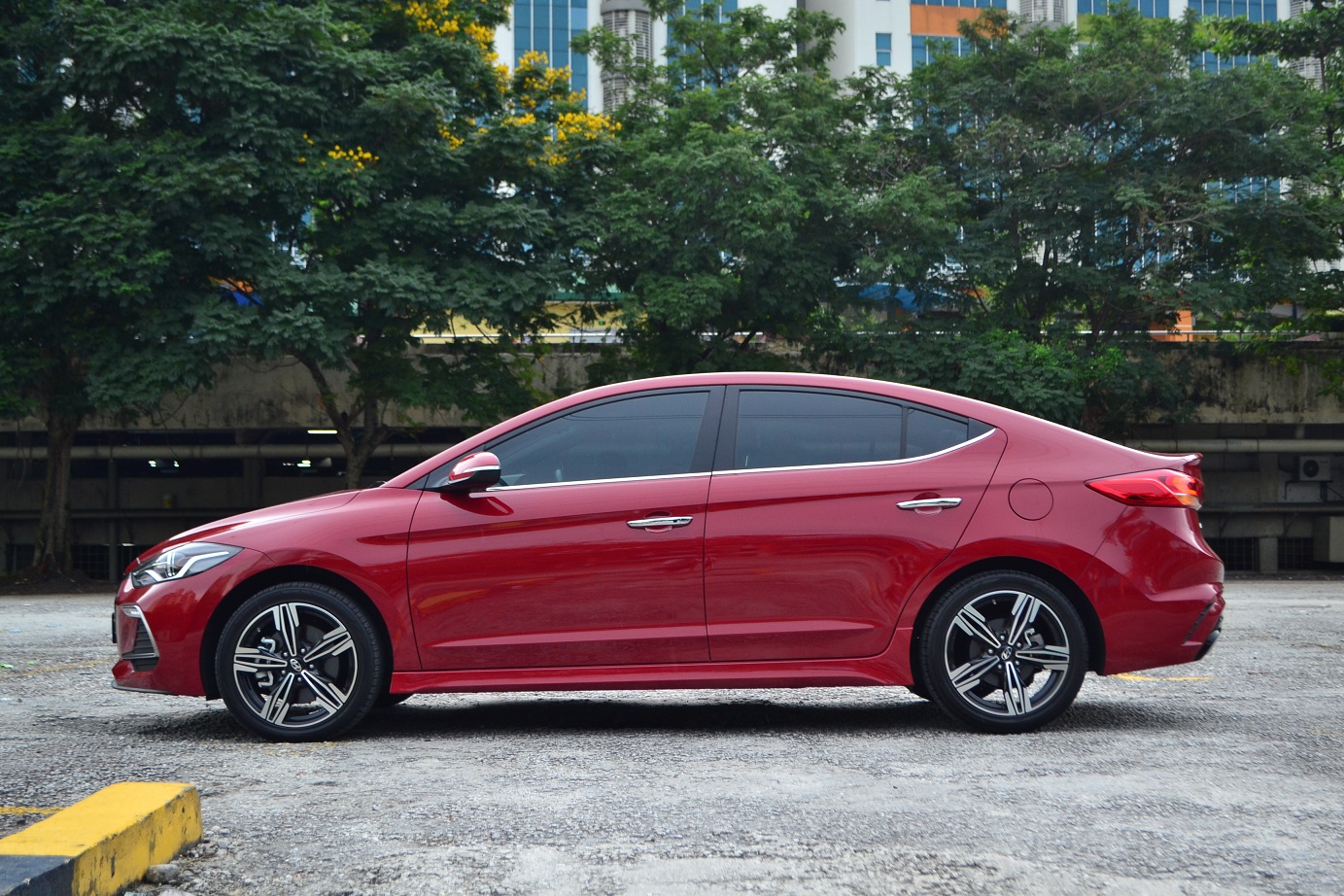
If you view the Elantra from the side, the clearest denominator of both variants are the rims. While both the Executive and the Sport have the same 225/45 R17 wheels, the rim design on the Sport is far more elaborate as you can see above.
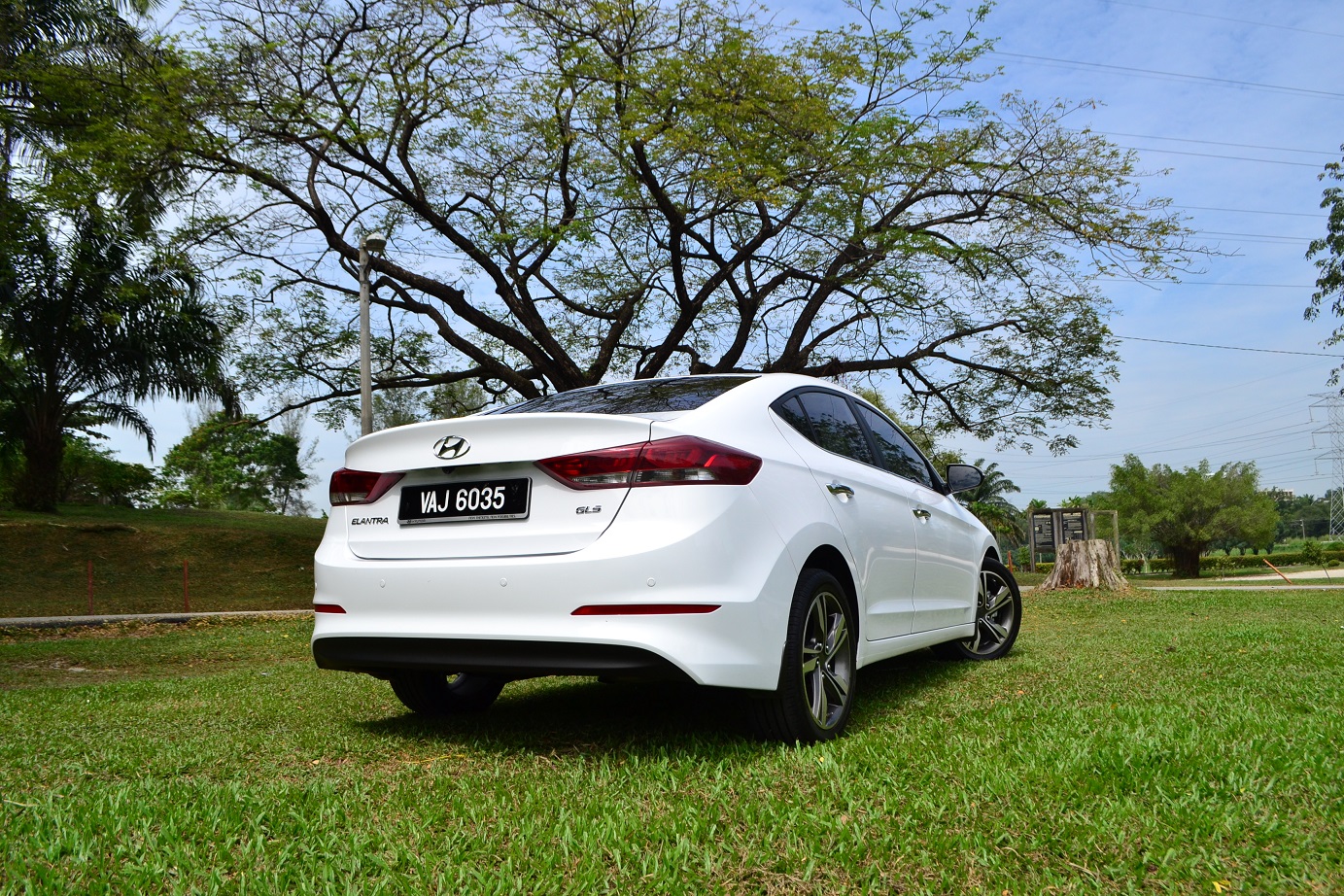
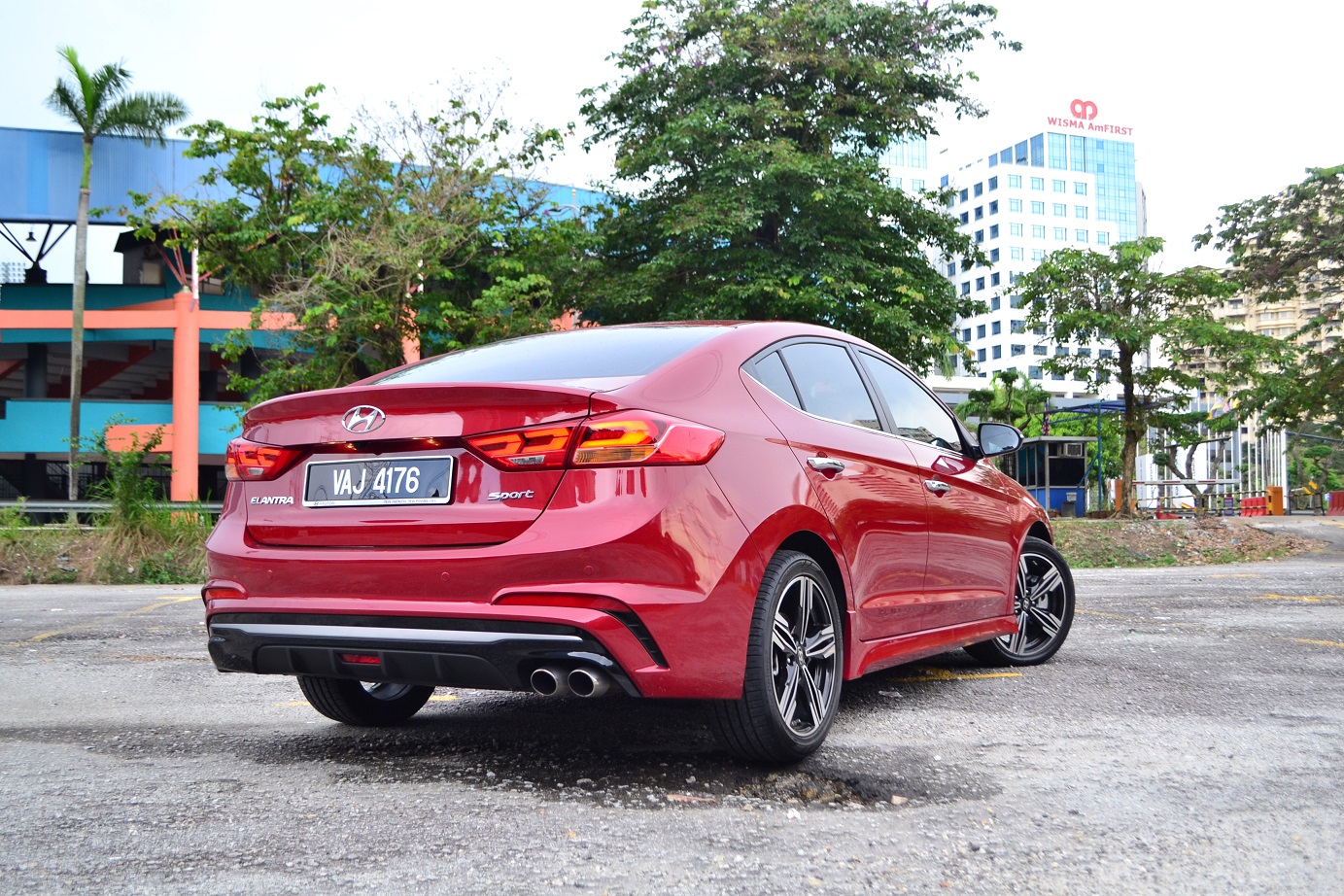
The most obvious difference in the rear aside from the badge is the exhaust pipes which are seen in the Sport but hidden in the Executive. The bumper design of the sport appear more sophisticated and you’ll see a rear diffuser here.
Performance

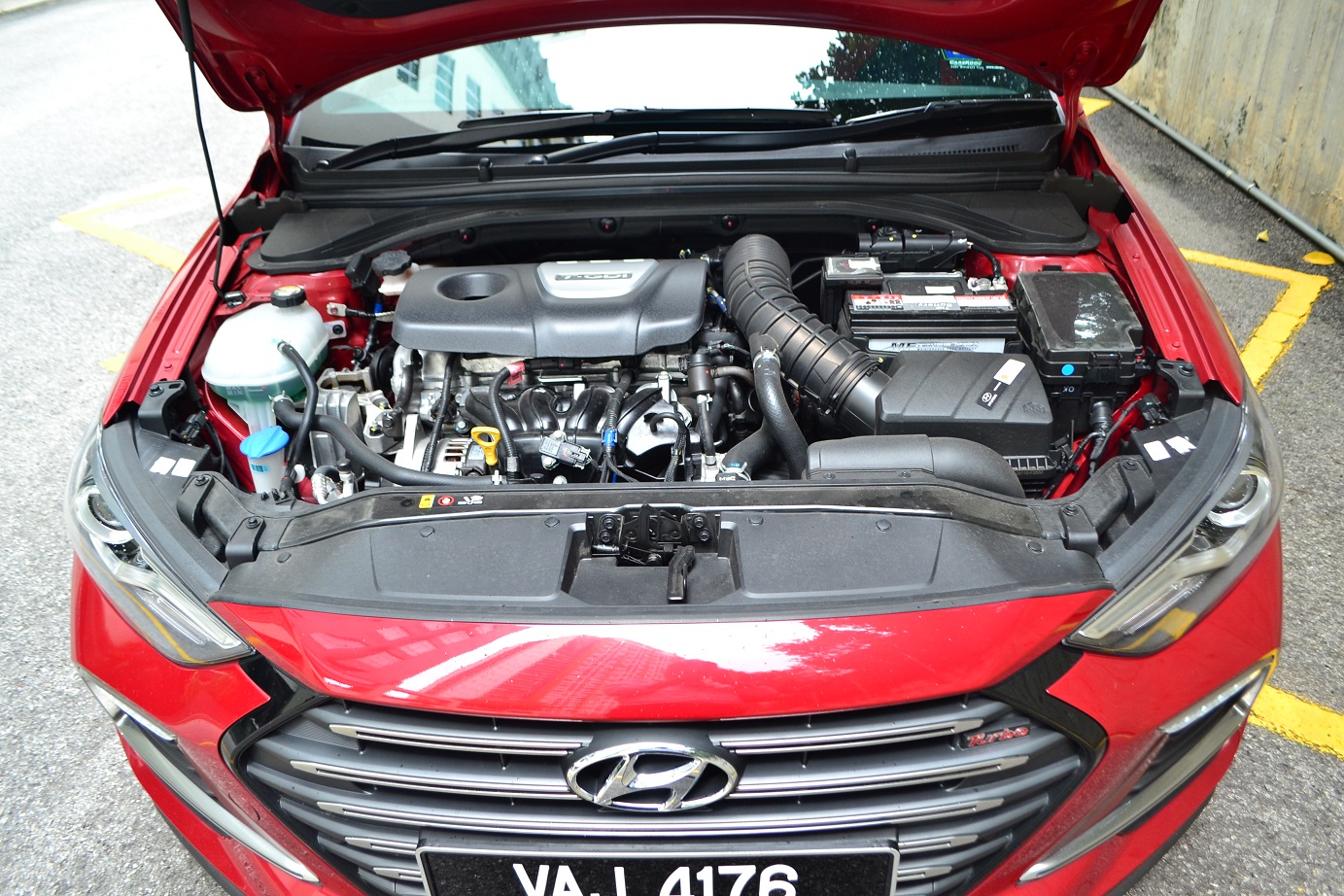
To some extent, having two engine options for the Elantra makes sense. Not everyone wants a rocket-monster Gamma 1.6 T-GDi engine that has a maximum output of 203.6PS @ 6,000rpm and a maximum torque of 264.78Nm @ 1,500~4,500rpm which is what the Sport is. Enough power to out sprint a Honda Civic 1.5l Turbo in a 0-100km/h sprint by acing it in 7.7seconds (the Civic does it in 8.2 seconds).
Here’s a video I took of how fast it gets to 100km/h from standstill; VIDEO
For those who wants a tech-proven comfortable vehicle to get from point A to Point B, the Executive makes a lot of sense with its Nu 2.0 MPI engine that delivers 152PS @ 6,200rpm with a maximum torque of 192Nm @ 4,000rpm.
Ride and Handling
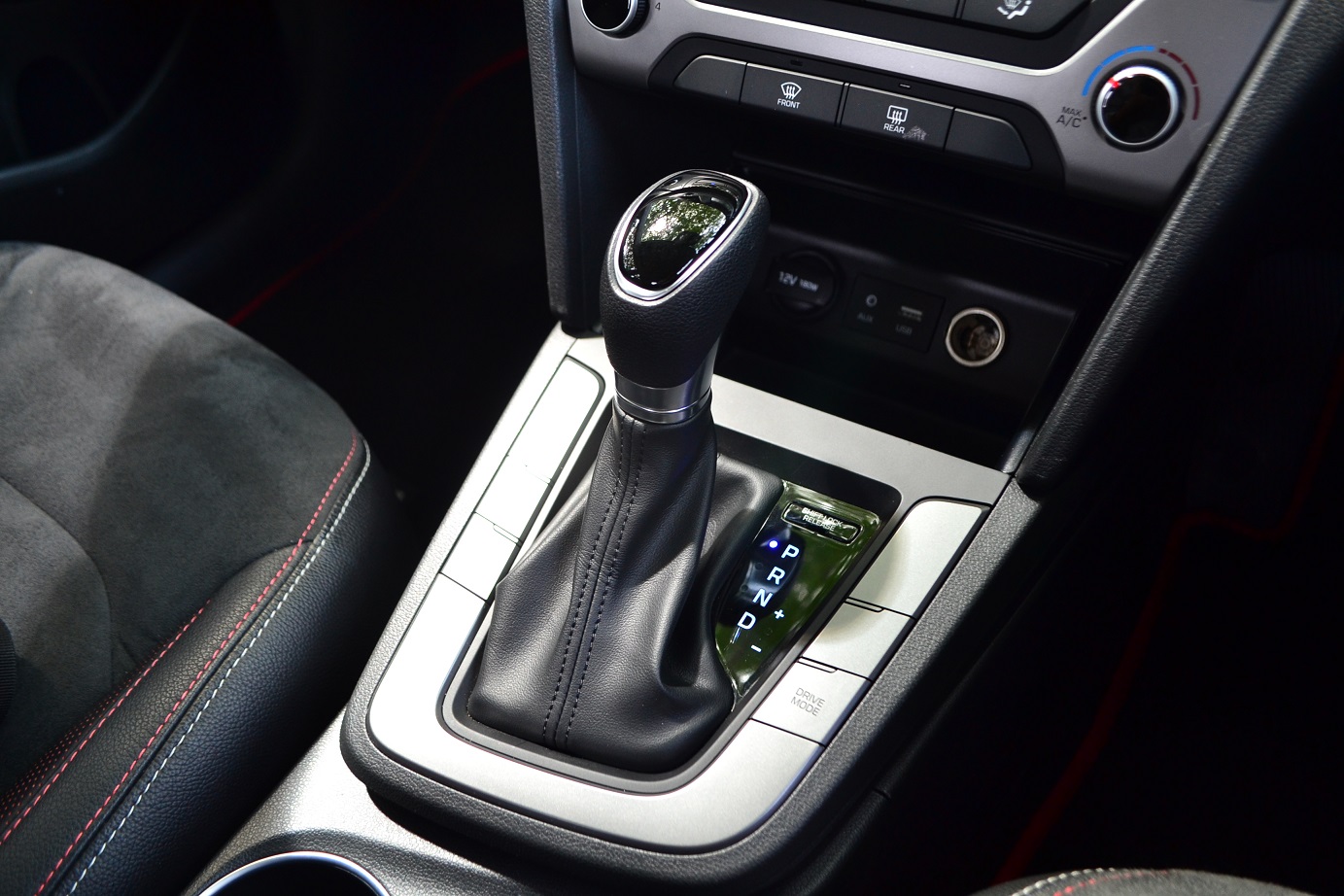
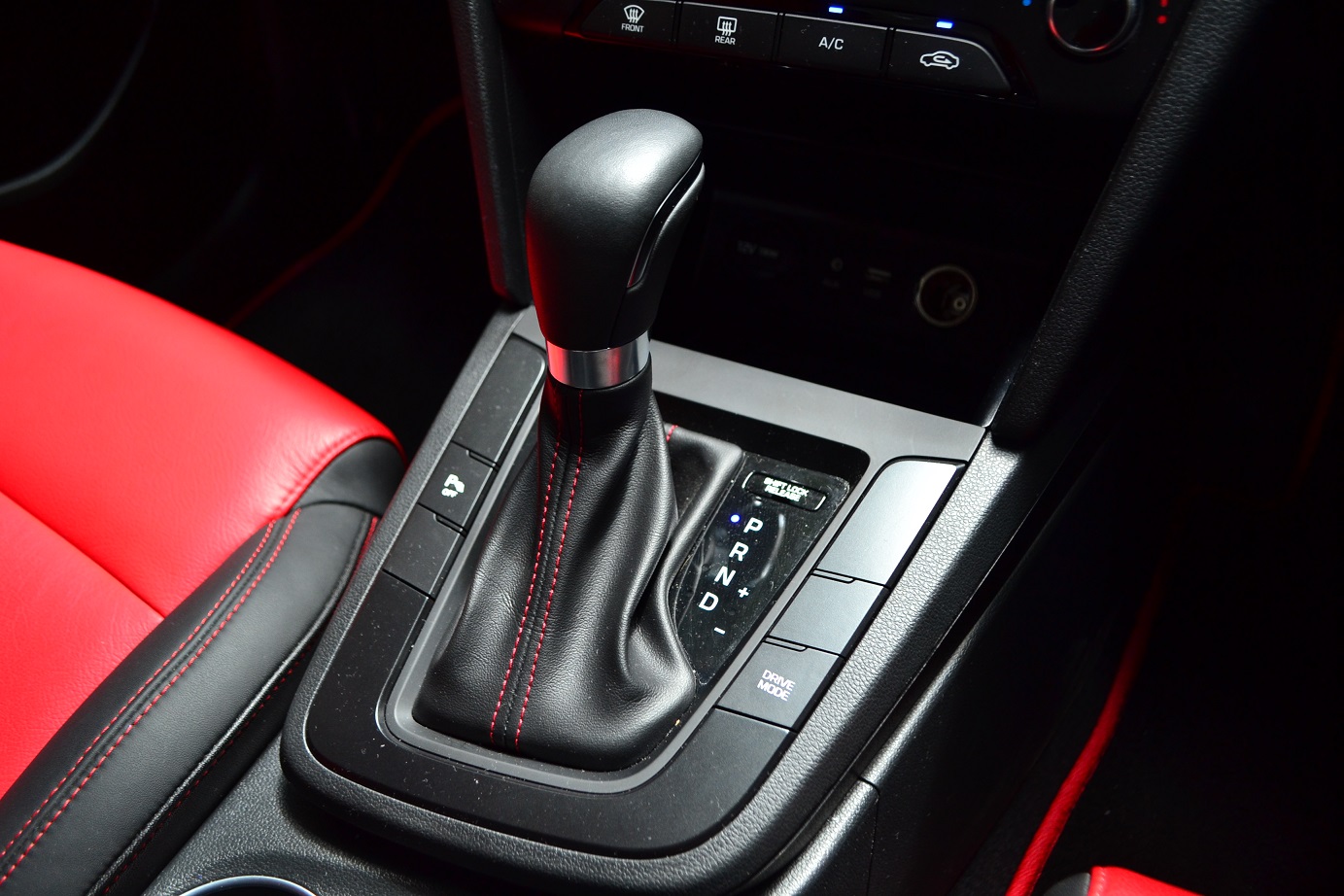
Just as the engine characteristic is as different as night and day, the handling of both vehicles are equally at odds. The Executive’s suspension dampening is skewered more to the soft side and body roll around high speed corners are more pronounced compared to the Sport which handles beautifully. Just a tad harder than a Golf 1.4 TSI but far better at keeping its balance around said corners, the Sport’s road manners presents itself as a serious contender among some continental hot hatches.
It’s not to say that the Executive is an outright terrible car to take to B roads; point its nose anywhere it would go there but its limits would be sooner reached compared to the Sport. But that’s really besides the point as the Executive isn’t meant to be driven hardcore. It’s those cars that you’d want to get from one location to another in relative comfort.
Paired to the Executive’s 2.0NA engine is a 6-speed automatic torque converter that upshifts at the earliest possibility, designed to save fuel for the owner. The Sport’s 1.6 T-GDi on the other hand gets a 7-speed Dual Clutch Transmission which while isn’t quite as snappy as VW’s DSG does its job fairly well. You’ll also notice there’s a button next to the gear stick labeled Drive Mode. Press on this and you can toggle between three modes; Sport, Normal and Eco. Changing between them alters the steering weight, gear shift points and the speed of the shifting but most of the time, I’ll just leave it in Normal because in Sport, I find the steering weight to be unnecessarily heavy without any noticeable gain in steering feedback.
Cabin Convenience
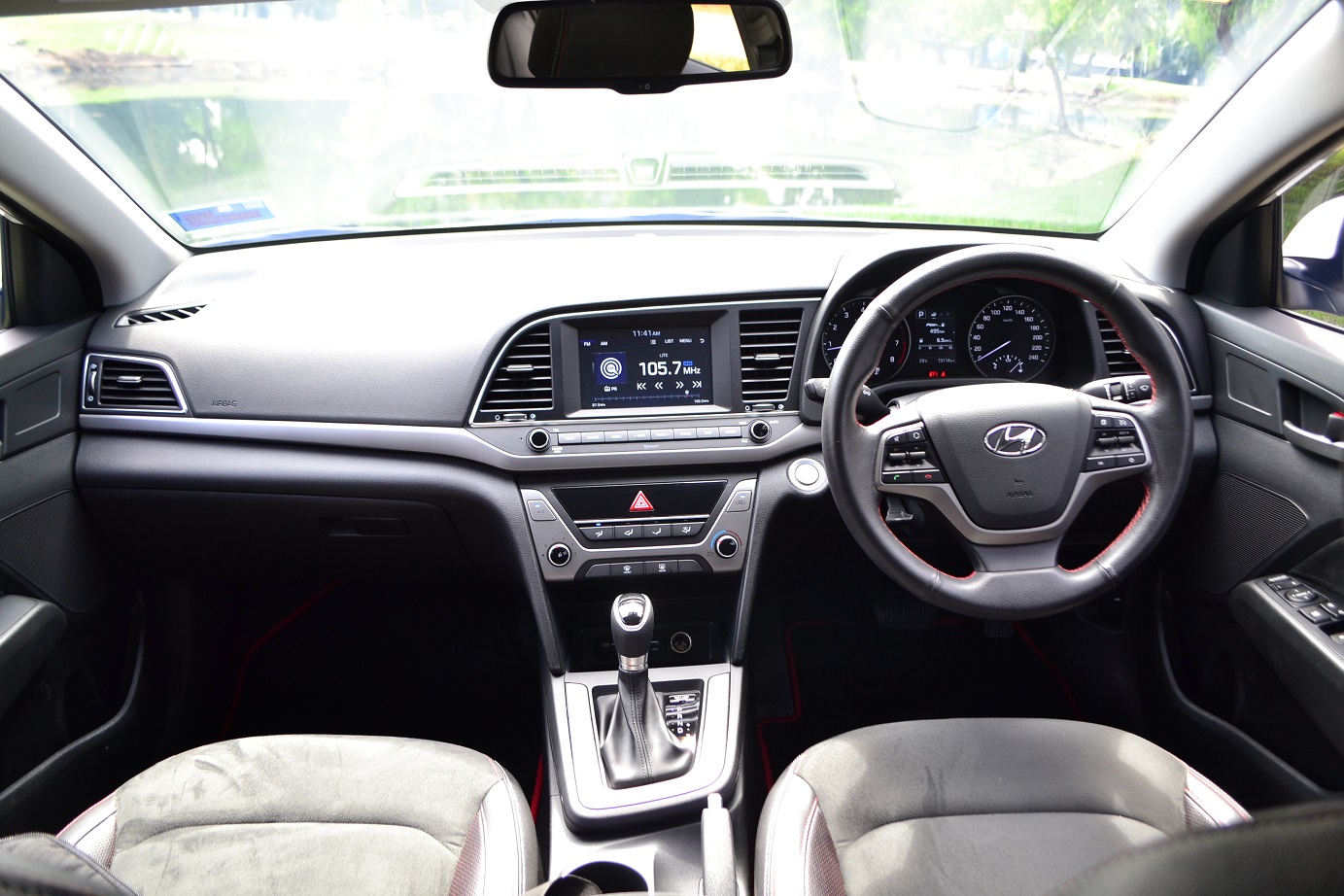

I have mixed feelings stepping into the Executive and Sport. While the overall design is identical, there are subtle difference between them. In the Sport, the red leather seats stand out prominently but I prefer the suede finishing in the mid-section of the Executive seats which doesn’t burn your bottoms due to accumulated heat from the afternoon sun. That said, I like the dashboard coloring of the Sport and find the Executive’s to be a bit on the plain side. The grey/black design makes the Executive’s cabin boring while the Sport’s predominantly black (complete with carbon-like laminates in the center surrounding the audio controls) to be aesthetically more pleasing.
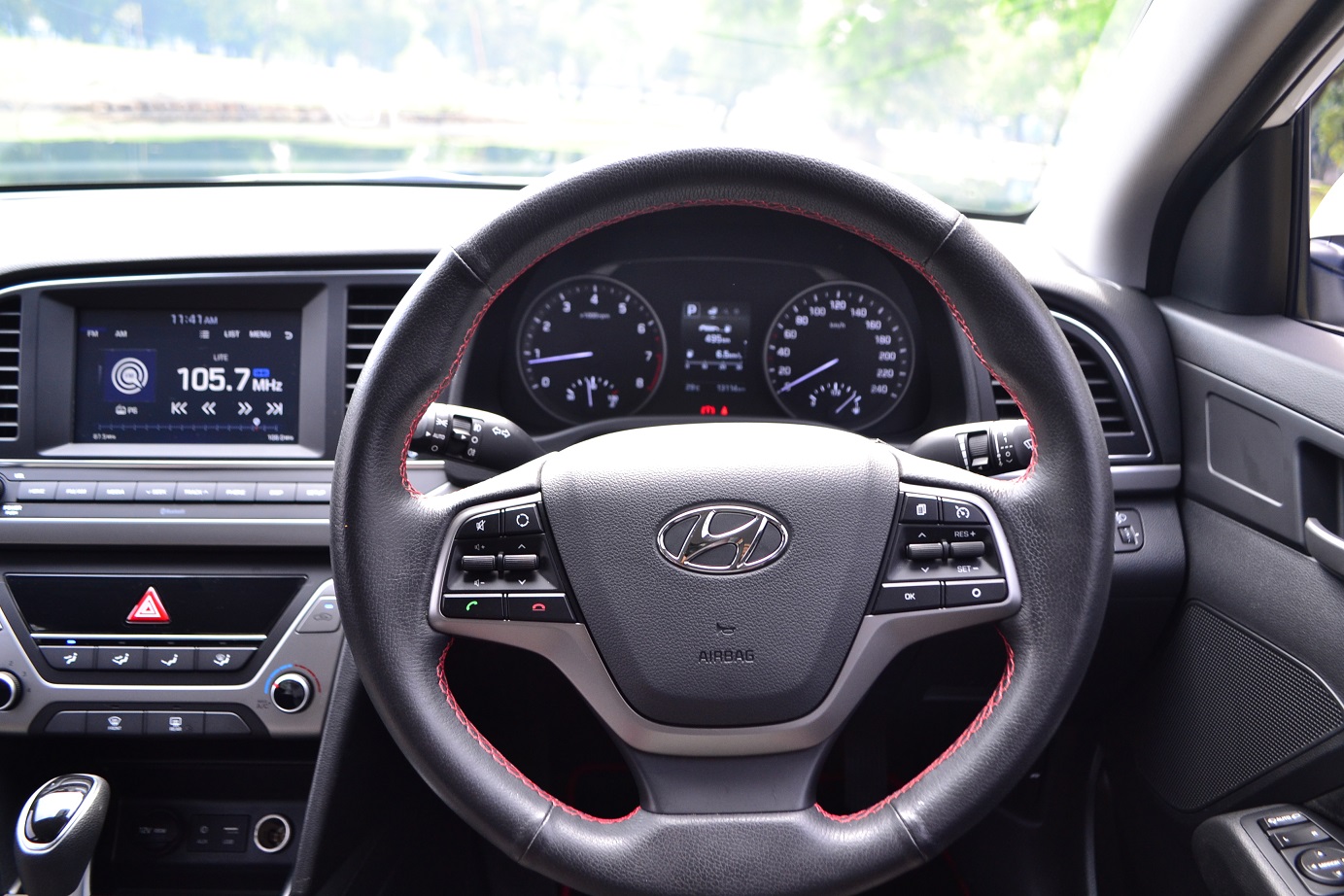
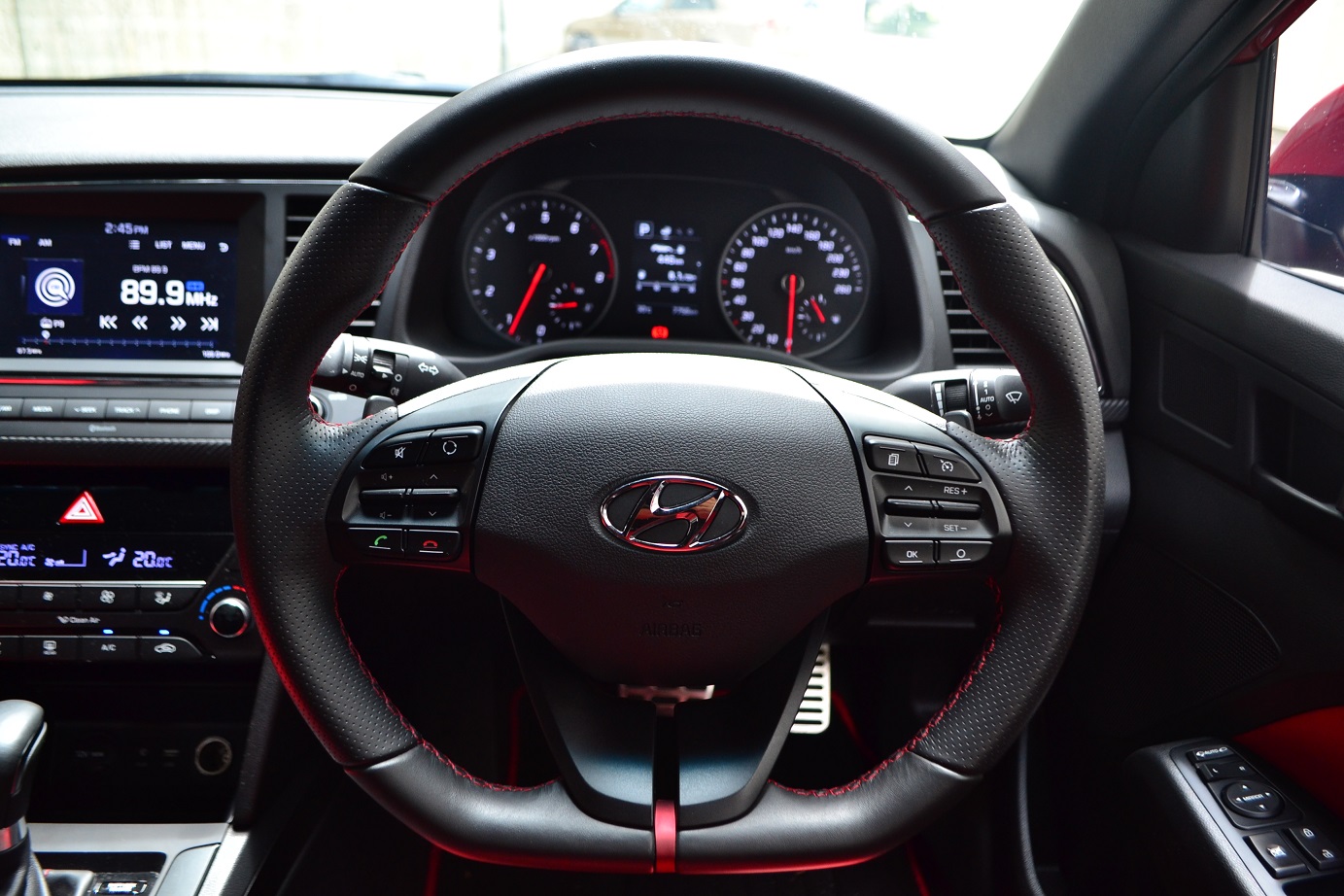
The steering wheel is also different in that the Executive has round ones while the Sport’s is a flat bottom with paddle shifters. The steering mounted button controls are identical.

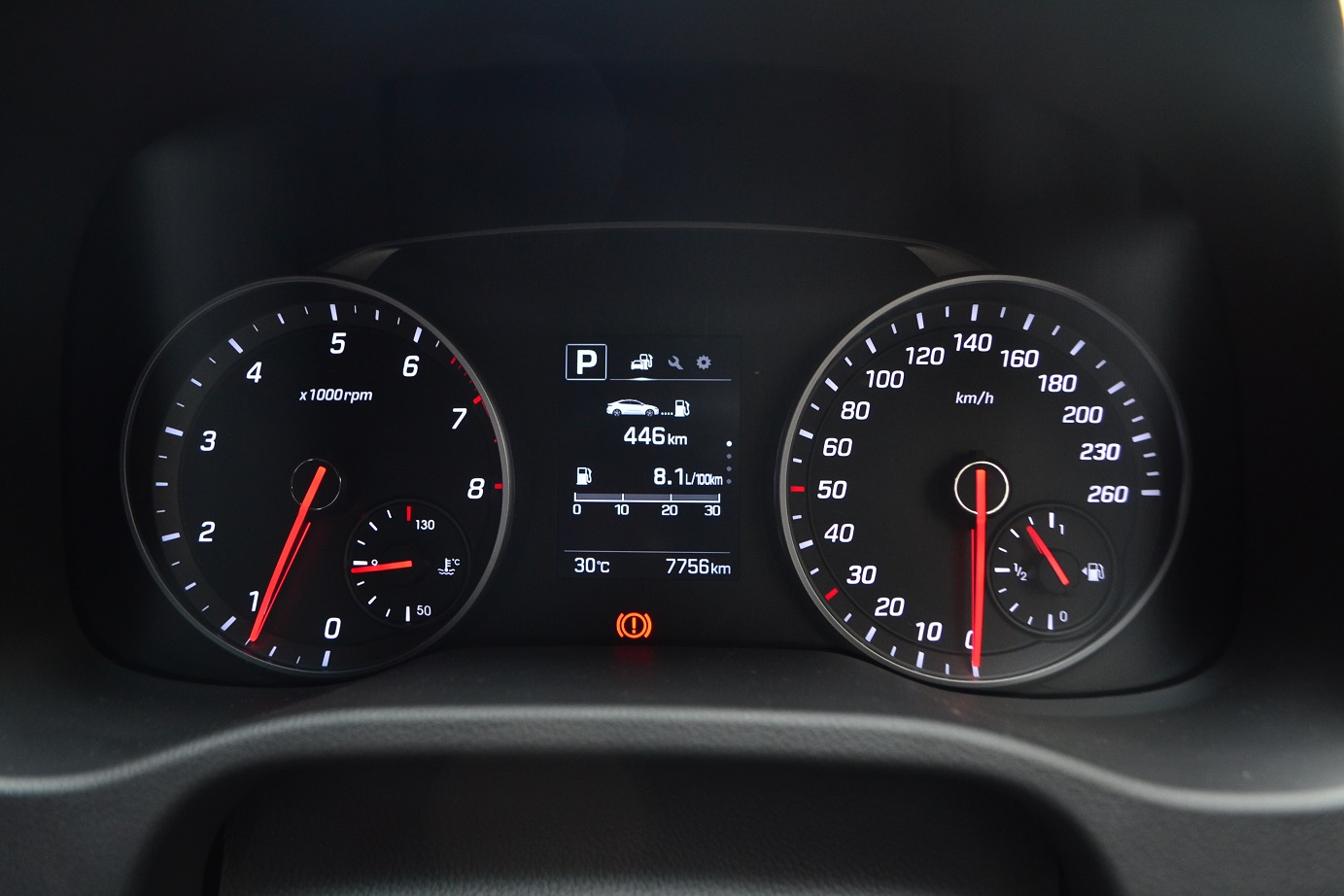
Red dials in the Sport look so much better than white ones and the speedometer reads till 260km/h versus 240km/h in the Executive. Doubtful that either variant is able to touch those numbers without some warranty-voiding modifications.
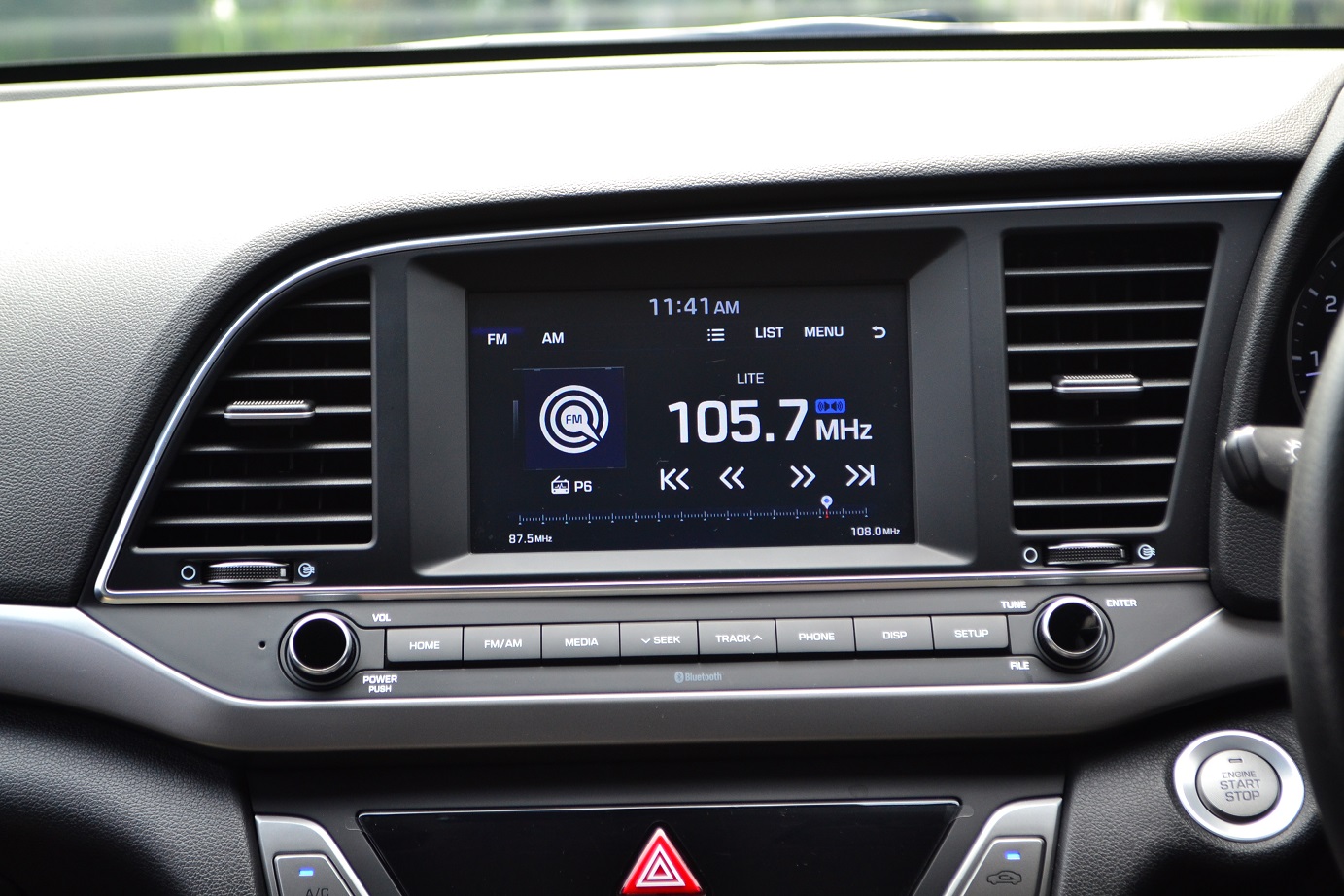
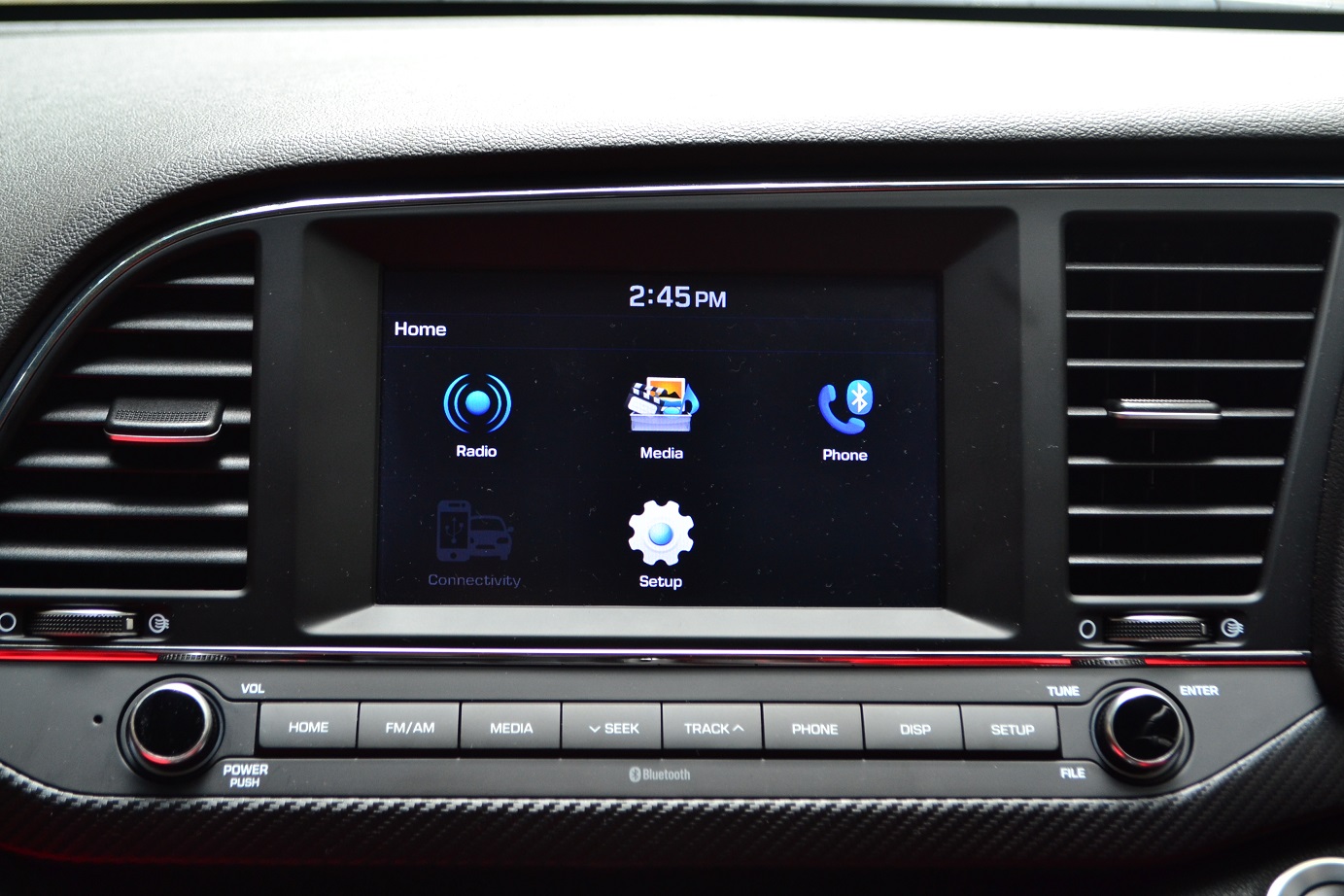
As for the infotainment, both variants come with 7″ TFT Touchscreen LCD with Android Auto and Apple Car Play. The resolution on these screens isn’t that great but I’ve seen worse. For the most part, it serves its purpose with large icons that makes it easy to select the functions but that’s pretty much it.
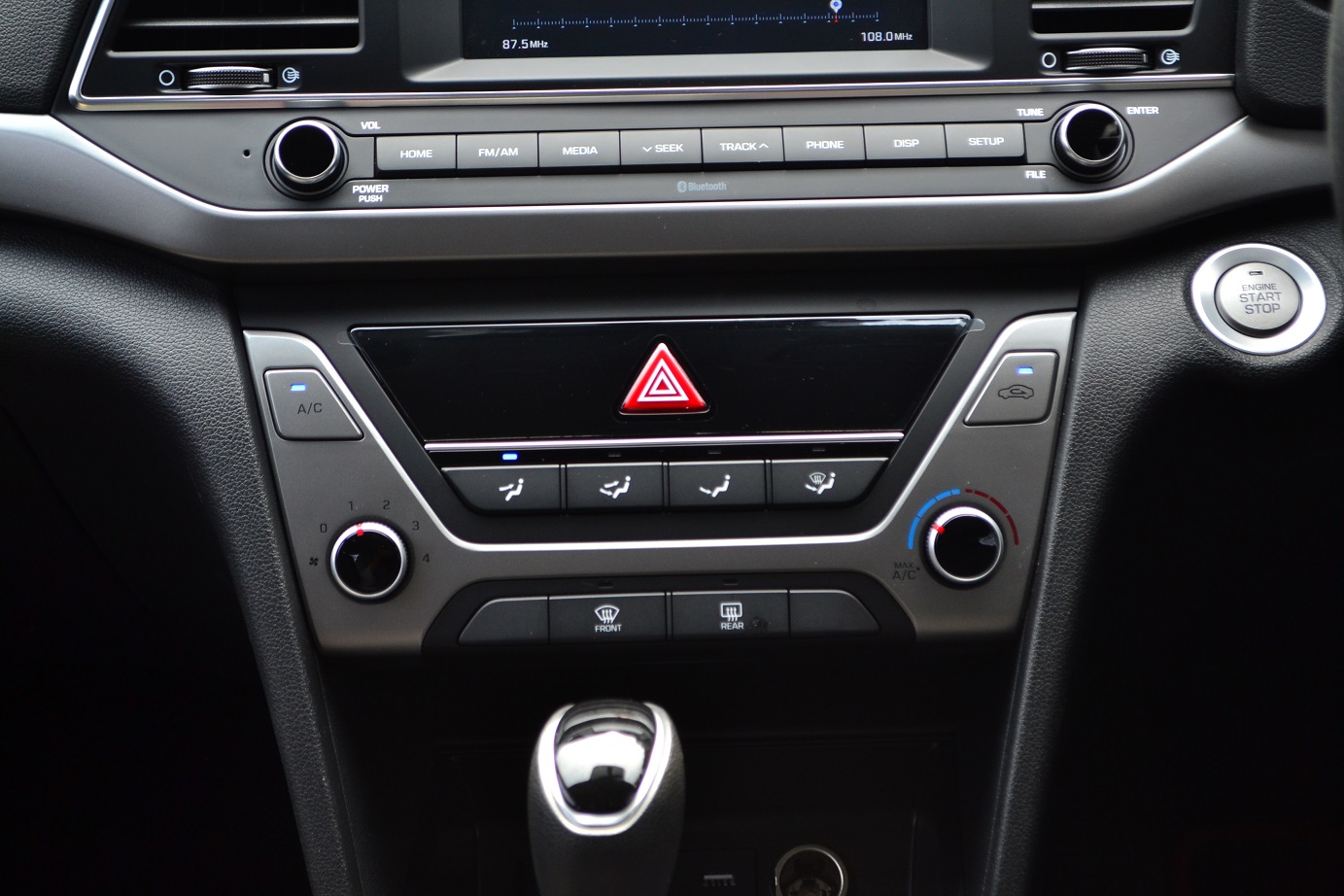
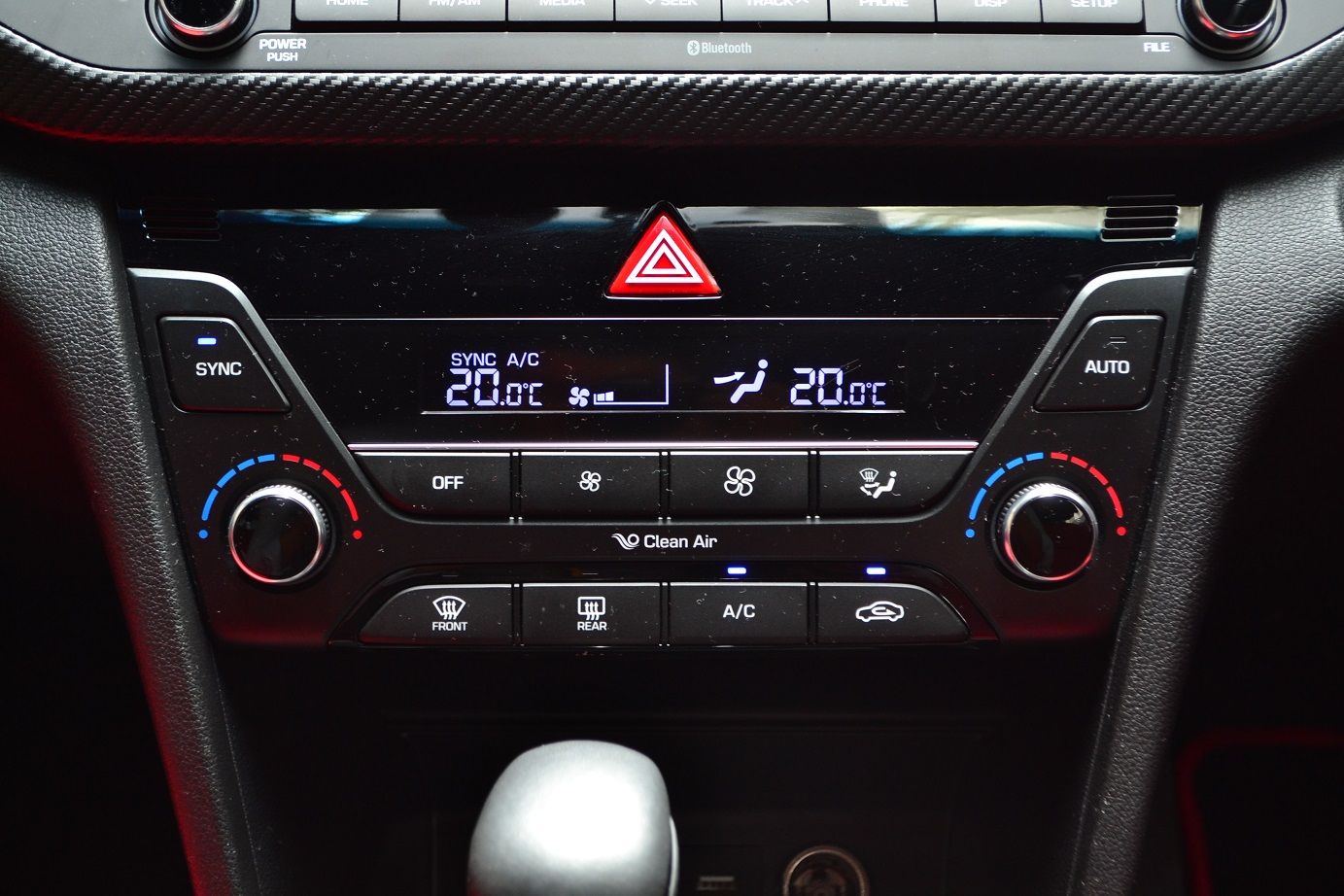
The Executive comes with manual, single zone air conditioning whereas the Sport has duel zone full automatic air conditioning. There is a digital display here too while the Executive’s empty display stands out glaringly as if to remind you that you couldn’t afford a better unit.
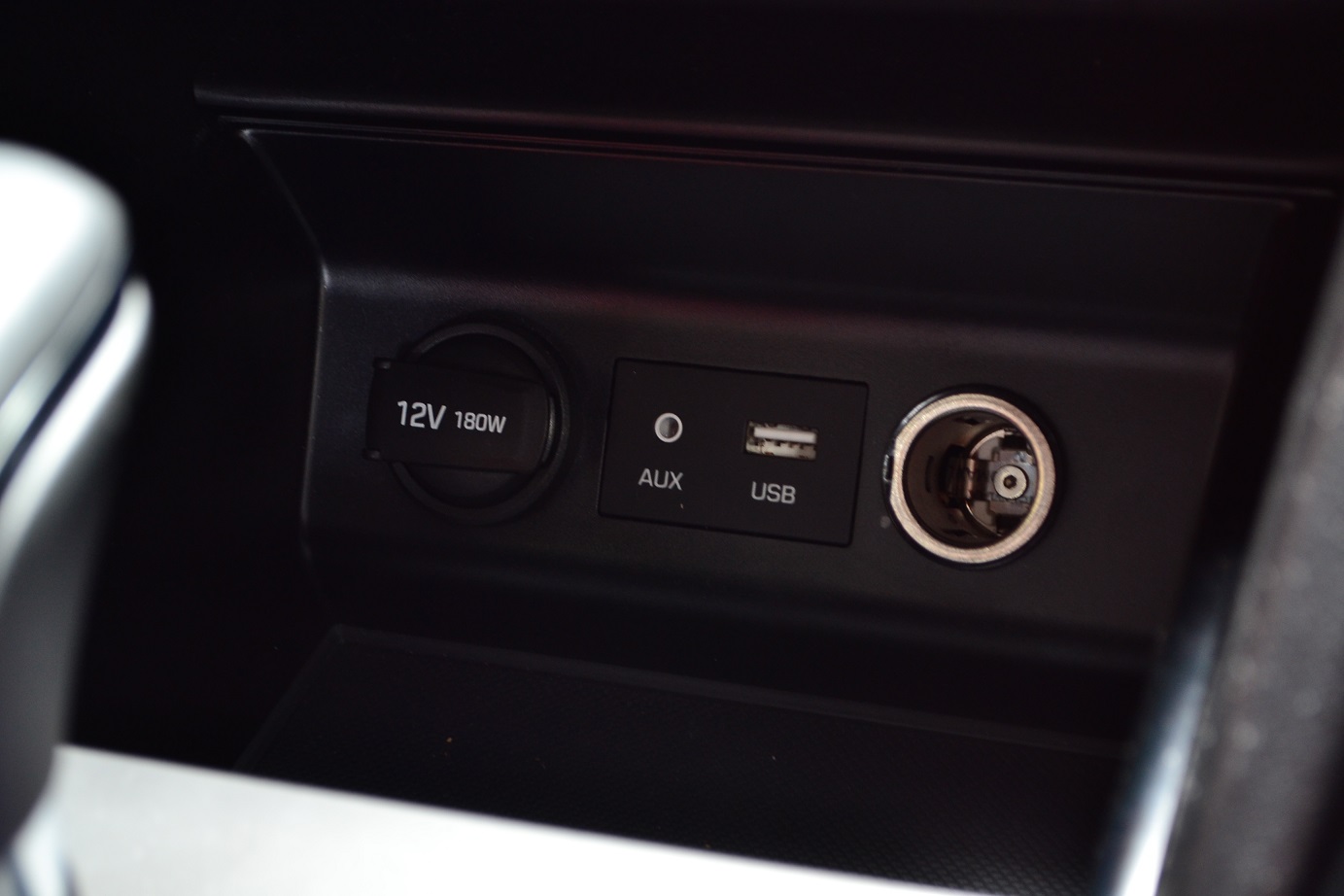
Below the air conditioning controls are two 12V ports, one AUX in port and a USB port.


And in the center between the two front seats are two cup holders and a center armrest console that’s deep enough to hold many small items. The glove compartment is pretty standard for a car of this segment.

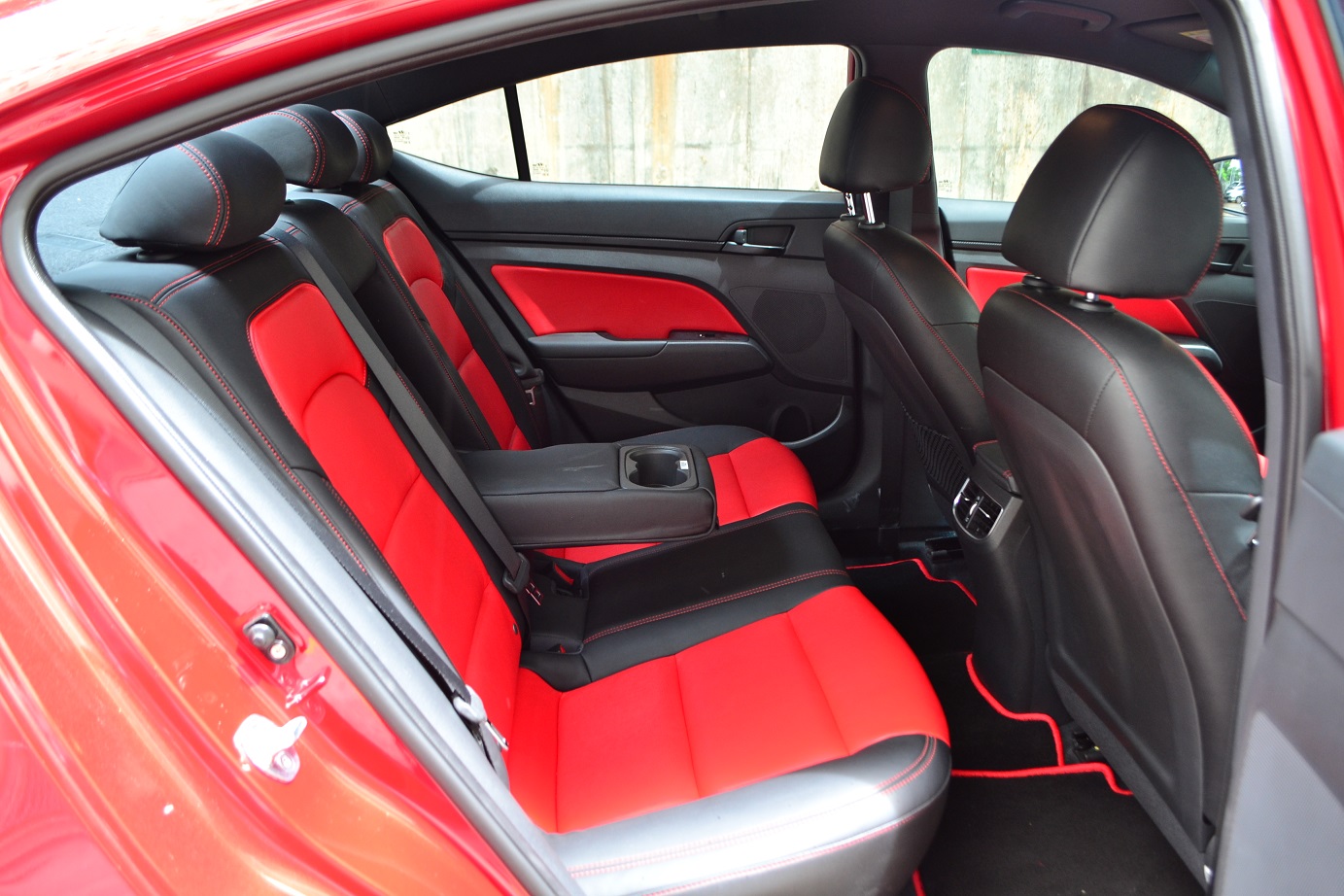
The Elantra’s rear head and legroom is decent and for tall adults, it’s comfortable enough for long journeys. It also has rear air conditioning vents
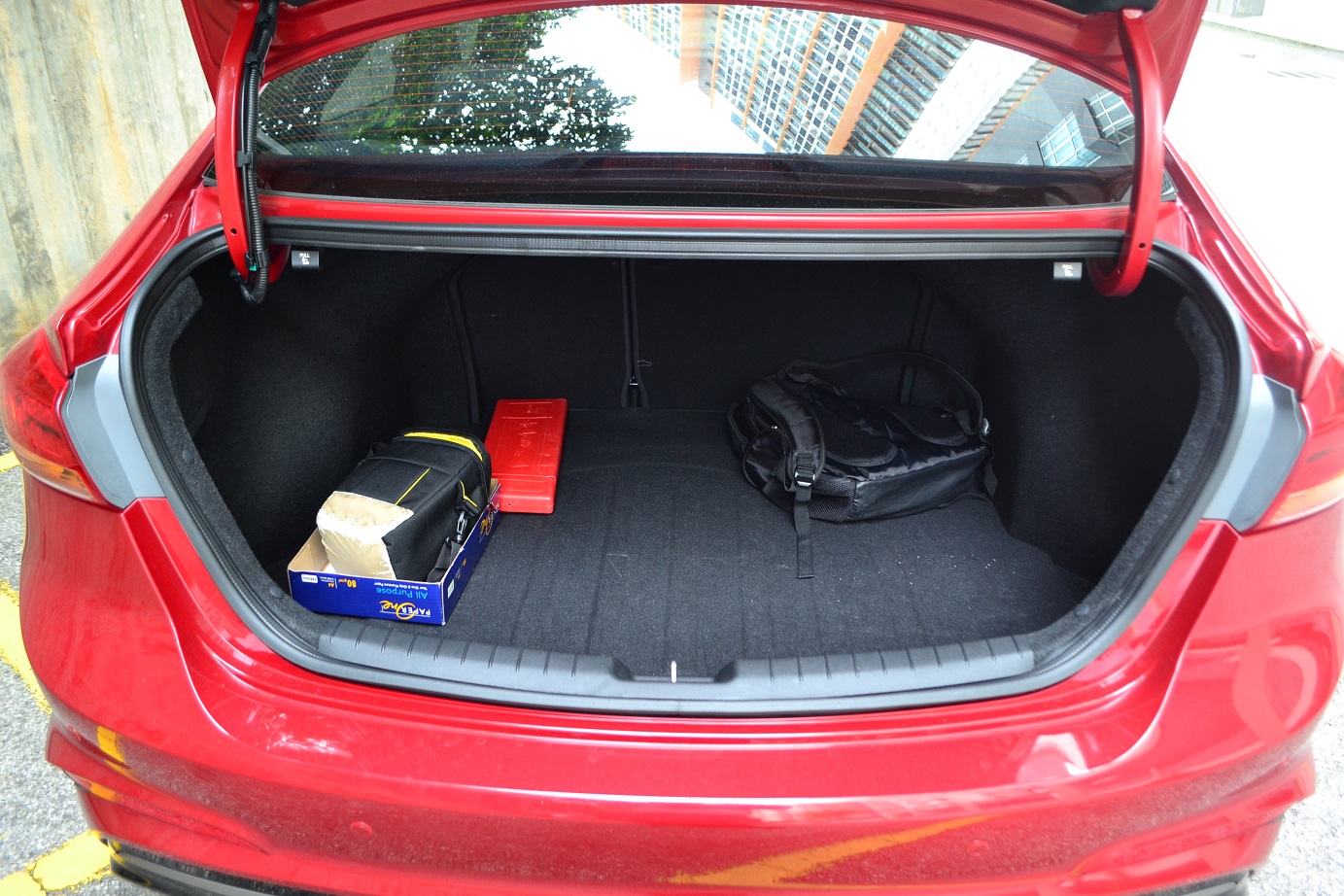

Boot space isn’t particularly great with just 420litres of space but it can be expanded with the rear 60:40 seats folded down. However, the rear wheels protrude inwards quite a bit, resulting in an odd shaped boot that may not allow too many large square luggage to fit. Furthermore, the aperture between the boot and rear seats is odd shaped which means you need to be a bit more creative when stowing a few large cargo.
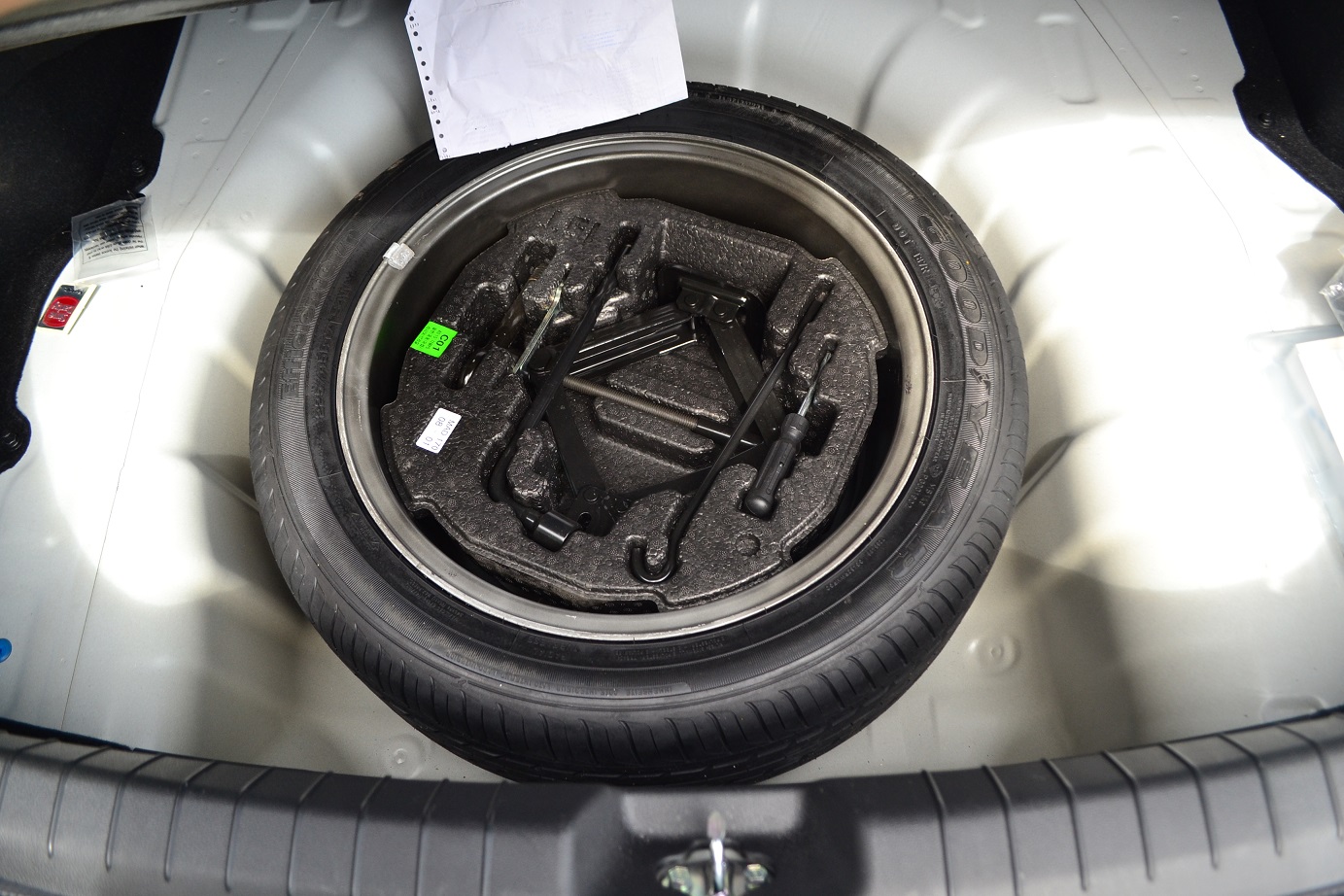
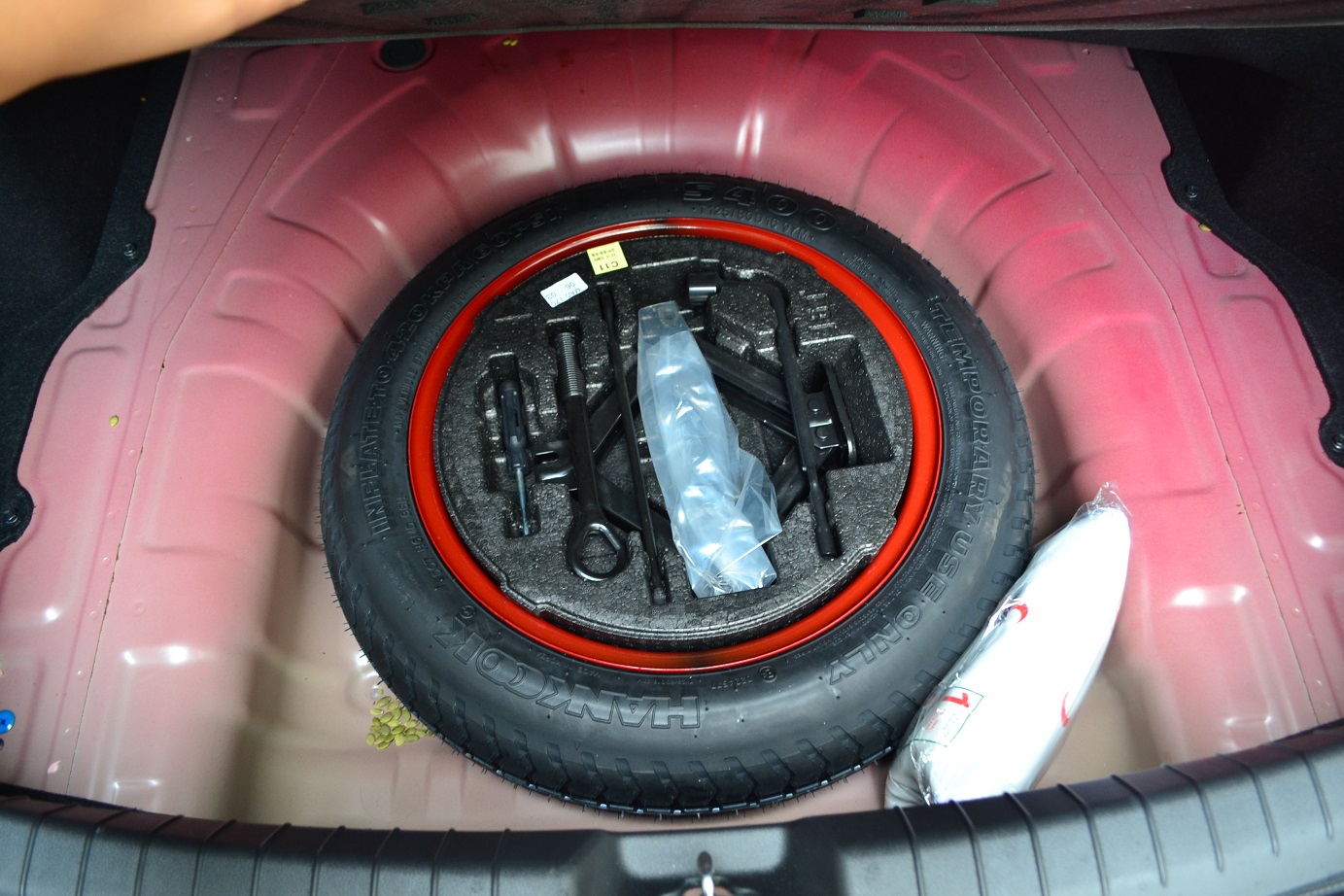
Safety
Both the Executive and Sport comes with a complete package of safety equipment. They include;-
- Six airbags
- ABS
- ESC
- HAC
- BAS
- VSM
Ownership
The Elantra Executive retails for RM116,388 while the Sport can be purchased for RM131,488 OTR without insurance. Like all Hyundais sold in Malaysia, the Elantra comes with a 5-year or 300,000km whichever comes first warranty. Colors available are Polar White, Phantom Black, Iron Grey, Platinum Silver, Marina Blue, Blazing Yellow and Fiery Red.
Should you buy one?
Well, the Elantra is competing in a segment that offers plenty of options and personally, I don’t see many in Klang Valley. If it’s up to me, I’d seriously consider the Sport.
You don’t need me to tell you that the Sport can outsprint a Civic 1.5T
You don’t need me to tell you the Sport offers more boot space flexibility with its foldable rear seats vs the Civic
You don’t need me to tell you the Sports handles and shifts gears better than the Civic
But plenty of people would pick the Civic (like 3-in-5 C-segment buyer)
Even if we remove the Civic out of the equation, it’s still rare to see an Elantra on the roads. Personally, I feel the problem starts with the design; it doesn’t excite me in any way. I can understand that as a company, Hyundai needs to maintain a certain degree of design uniformity to show that they’re part of the family but while such ‘safe’ design works for D-segments such as the Sonata, applying the same formula on vehicle that targets a younger audience may not be effective. And while middle age people like myself appreciates the less-is-more adage, we won’t be looking for a C-segment as it doesn’t fit out physical and social needs.
The price tag is also a problem. If anyone asks me if the Executive’s RM116,388 price tag is worth it, I’d fully endorse the IONIQ which has a lot more tech, far better fuel economy and offering just about the same amount of space inside (but a far more usable boot space) for just a few thousand more instead. And we do see a number of IONIQs on the road so product cannibalization (meaning customers choosing another same-company model) could be occurring regularly.
If hybrid isn’t your thing and you just want a simple run-by-the-mill vehicle, again for that price you could get a compact SUV. Yes, you could argue that an SUV isn’t the same as a sedan but let’s face it;-
- Hyundai doesn’t enjoy the same brand prestige as some of its siblings so brand loyalty is rare
- People buy for specific reasons – if it’s space they want, indirect competitors such as SUVs will come into the picture whether the seller likes it or not
So the problem with the Executive is this; it offers no strong tangible value for the average buyer.
The Sport at least have a few things that stands out in the segment; namely the performance and handling while looking like an average vehicle (which to me is a plus point since I love sleeper cars). But although it oust the segment leader in terms of power, the Civic still comes across as having better interior design, build quality and fuel consumption. So unless you’re sick and tired of the Japanese brand and wants something a little different, the Sport would be a perfect fit.
And that is why I’d say if you want an Elantra, just go for the Sport. For a stock car, the Elantra Sport is just waiting for the right owner to establish its name in the streets.
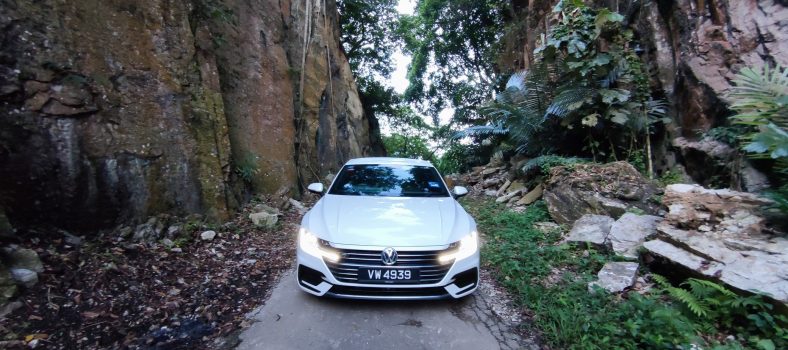


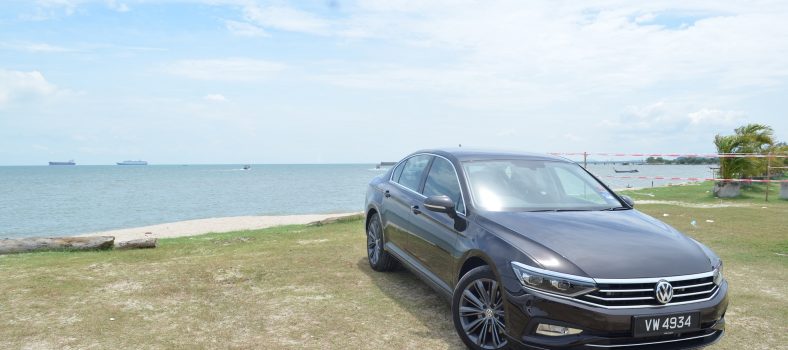
No Comment